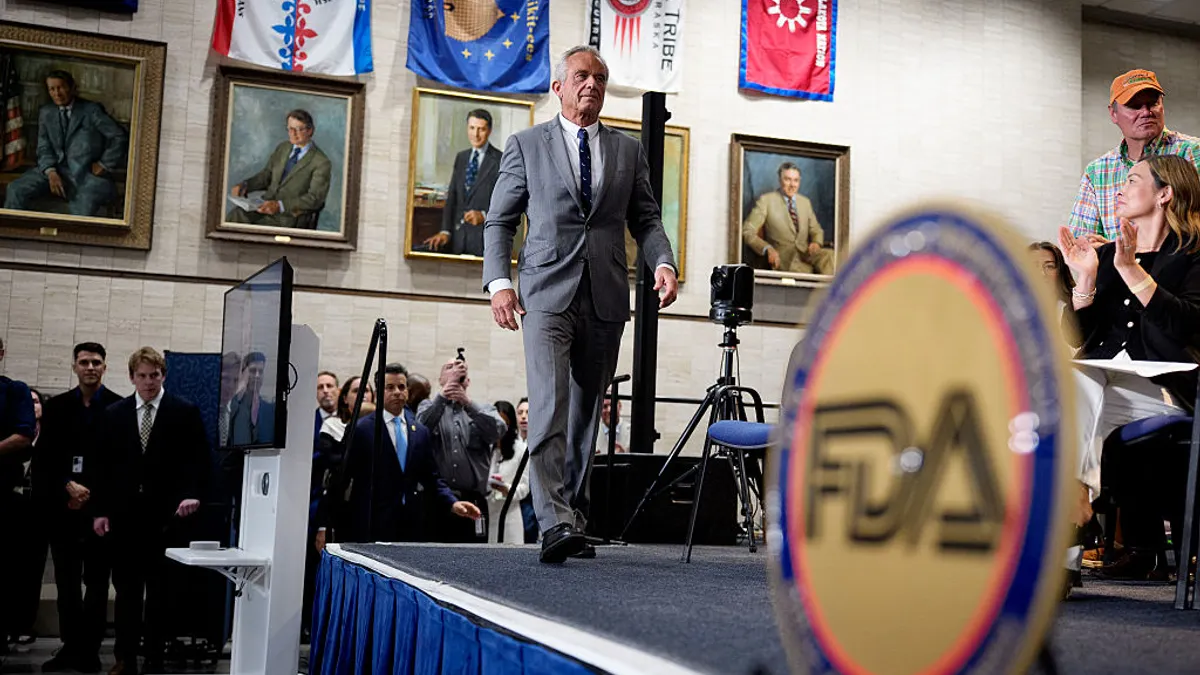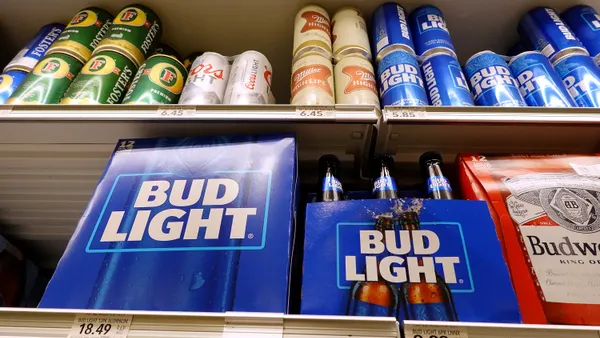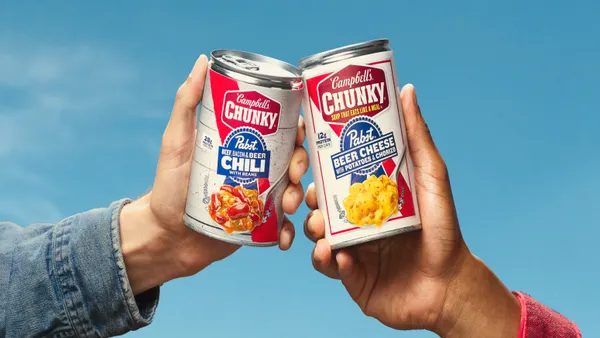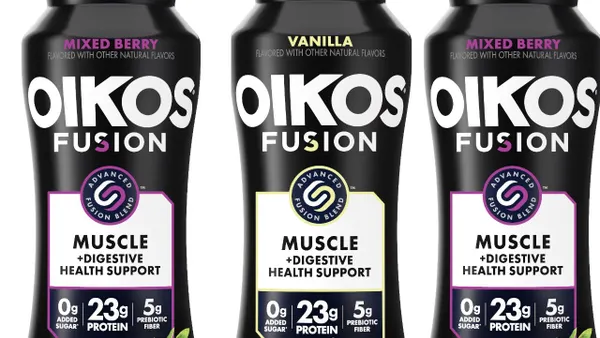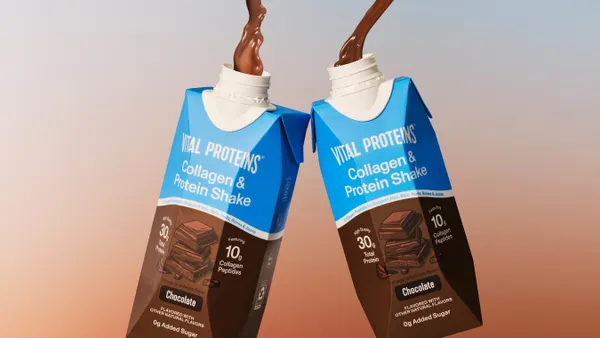Launching a new food product is overwhelming. Between getting the taste just right and creating a visual identity, it’s tempting to let packaging become an afterthought. However, new research underscores just how impactful packaging choices are in reaching consumers and driving sales. According to a study commissioned by O-I, over half of consumers said packaging quality was equally important as product quality. Thankfully, glass is a packaging choice that resonates with shoppers; here’s how.
Psychology is on its side
Prior to making a purchase decision, there’s a lot happening in a consumer's mind when browsing an aisle. Let’s break down the psychology behind food packaging to better understand the market.
Typically, consumers associate glass packaging with being higher quality than other packaging options. However, they also apply that premium to the food inside the packaging: when brands use glass packaging, consumers perceive that the product is made with higher quality ingredients. In the above study, 61% of consumers consider glass’s ability to “convey better taste” as a top reason for purchasing items packaged in the material.
Aside from heightened quality and flavor perceptions, glass also garners more attention in-stores. Subconsciously, consumers want to interact with glass items — they stand out on shelves and their transparency allows shoppers to inspect the complete contents. Once they spot the item, they get up close and personal to make sure the item is fresh.
For every sale, there’s an emotional connection behind it. Often, it’s because a shopper picked up an item. After successfully launching an RTD cocktail in glass, FX Matt Brewing can attest to this in-store connection when it comes to driving sales. “If they stop and touch it, our research shows there is a 60% chance they’ll buy it,” says owner, Matt. While you can hold other packaging types in-store, glass is the only packaging that allows shoppers to clearly see what’s inside before they buy it. This multi-sensory experience is what makes glass so engaging to consumers.
Glass means no harmful chemicals
Health-conscious consumers are opting for non-plastic alternatives. It’s becoming clearer that packaging doesn’t just hold food, it comes into direct contact with it — which can have lasting repercussions. Glass is the best packaging material because it doesn't have any interaction with the content inside. With glass, you don't have to be worried about microplastics at all.
Glass uses just four all-natural ingredients: sand, soda ash, limestone, and recycled glass. It’s safe and simple, and consumers know this about the material. The O-I food packaging study found 39% of consumers said food packaging safety was their main (or second) reason for choosing glass.
It’s good for the planet
In addition to food safety, consumers are paying more attention to sustainability — especially when it comes to making a purchase decision. Out of every packaging material on shelves, glass is the most sustainable. It can be reused in the home and produces no harmful byproducts. Glass can be infinitely recycled with no loss of quality. For every bottle recycled, you get the same quantity out that you put in; unlike other packaging materials which require more recycled content to create new containers. From start to finish, glass has the longest and most sustainable lifecycle.
When glass is being produced, its four ingredients are transformed into something greater. From there, it safely contains the food, gets used, and then can be sustainably reused or recycled.
Once shoppers are done with their glass, they can easily toss it into the recycling. From there, it can be completely recycled and transformed into new packaging in as little as a month.
If they don’t recycle it, consumers often repurpose the containers. Glass is easy to sterilize and never makes its way into food no matter how many times consumers repurpose the packaging. With plastic, food residue can stain the container, high temps can warp it, and overuse could mean microplastics leak into leftovers.
Both consumers and brands can feel good about picking glass over other packaging materials when it comes to food packaging.






